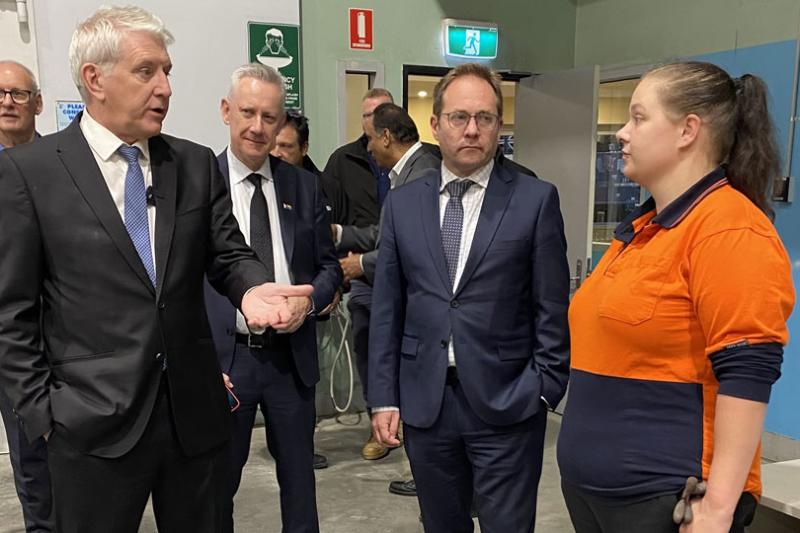Tertiary participation at risk of decline

A recent report from VU's education research group highlights the urgent need to address falling tertiary participation rates.
The latest paper from the Mitchell Institute, Participation in Tertiary Education in Australia, warns that falling participation levels in tertiary education could put Australia’s future productivity at risk, as post-school qualifications will be essential for most new jobs.
Qualifications needed for our future workforce
Professor of Tertiary Education Policy Peter Noonan explained that more Australians must obtain vocational education and training (VET) or university qualifications to support the future workforce and offset the impact of our aging population.
“Without comprehensive, considered policies that support both VET and higher education, we face a real danger of having less working-age Australians contributing to our economy.”
“The flow-on effects of this could impact communities around the country, especially as the cost of supporting our aging population grows.
“Governments must urgently address falling VET enrolments and slowing growth in the higher education sector to ensure our tertiary system can expand and support our future workforce.”
Projections predict lower participation rates
The paper shows projections of publicly funded enrolments and participation rates of VET and higher education students using population estimates for previous years and projections up to 2031.
It finds the VET sector is most at risk, with all scenarios presented in the paper showing lower participation rates in the future. In higher education, growth would be lower under the current funding decision than if it continued to follow recent enrolment trends.
Even if trends from the last two years continue for both areas, we would see less people participating in education and training across the whole tertiary sector as there would still not be enough growth in higher education to offset a steep fall in VET.
Long-term approach essential
The modelling strengthens the case for a more comprehensive, sustainable and long-term funding approach for VET and higher education, with better balance in participation between the two sectors, to meet the needs of Australia’s growing population and increase participation in the workforce.
Professor Noonan notes that is it most important to consider general trends shown in the paper, rather than individual year-by-year results, to help inform discussion and decisions about Australia’s requirements for higher education, VET and tertiary education as a whole.
“The critical thing for governments to acknowledge is that both VET and higher education are equally important in ensuring the sustainability of our future workforce, and our economy,” Professor Noonan said.
“The scenarios presented today show that we can improve on current trends but we need long-term, comprehensive policies.”
Read about the work of the Mitchell Institute.



